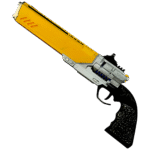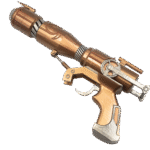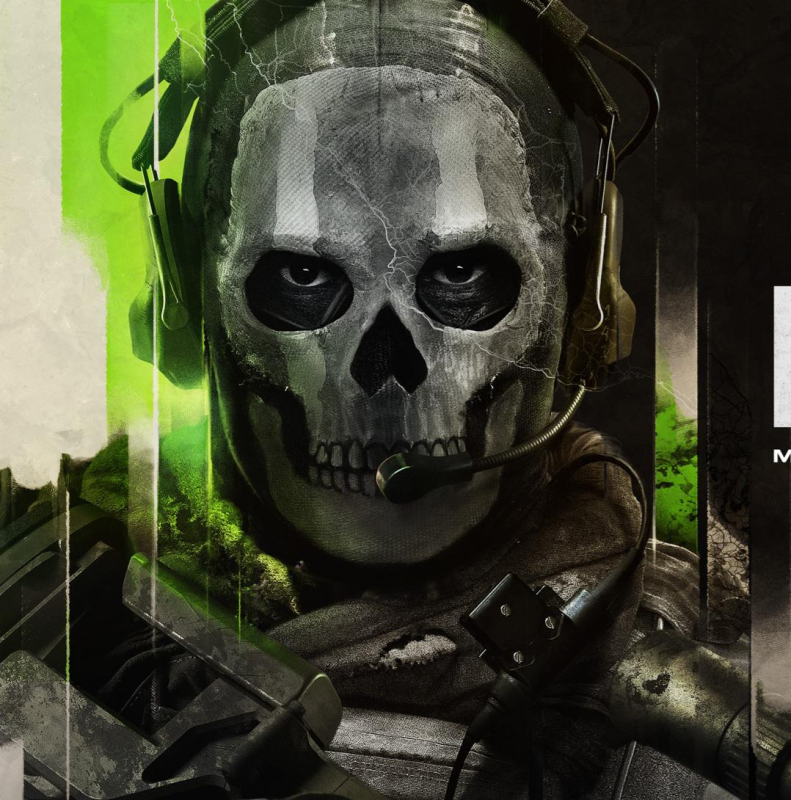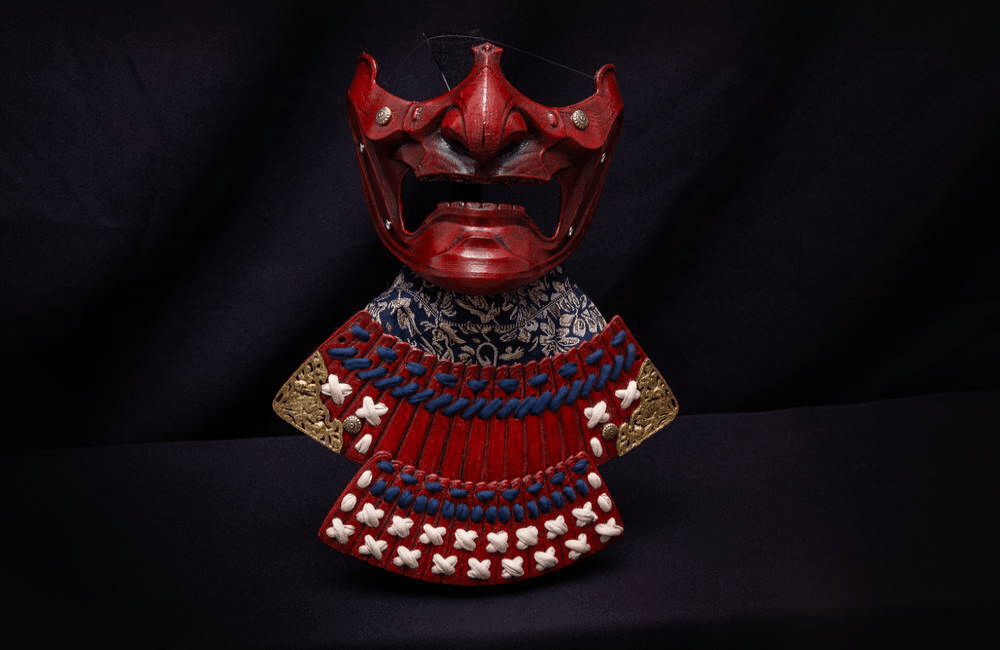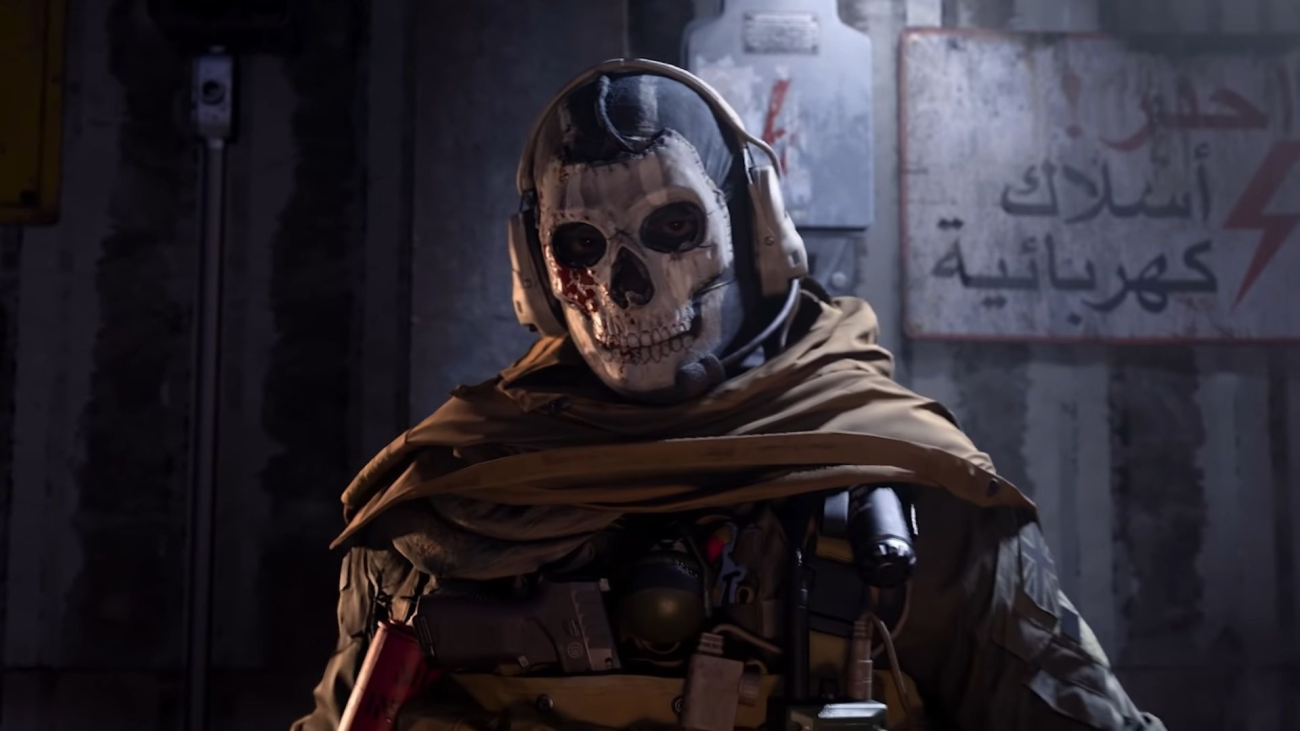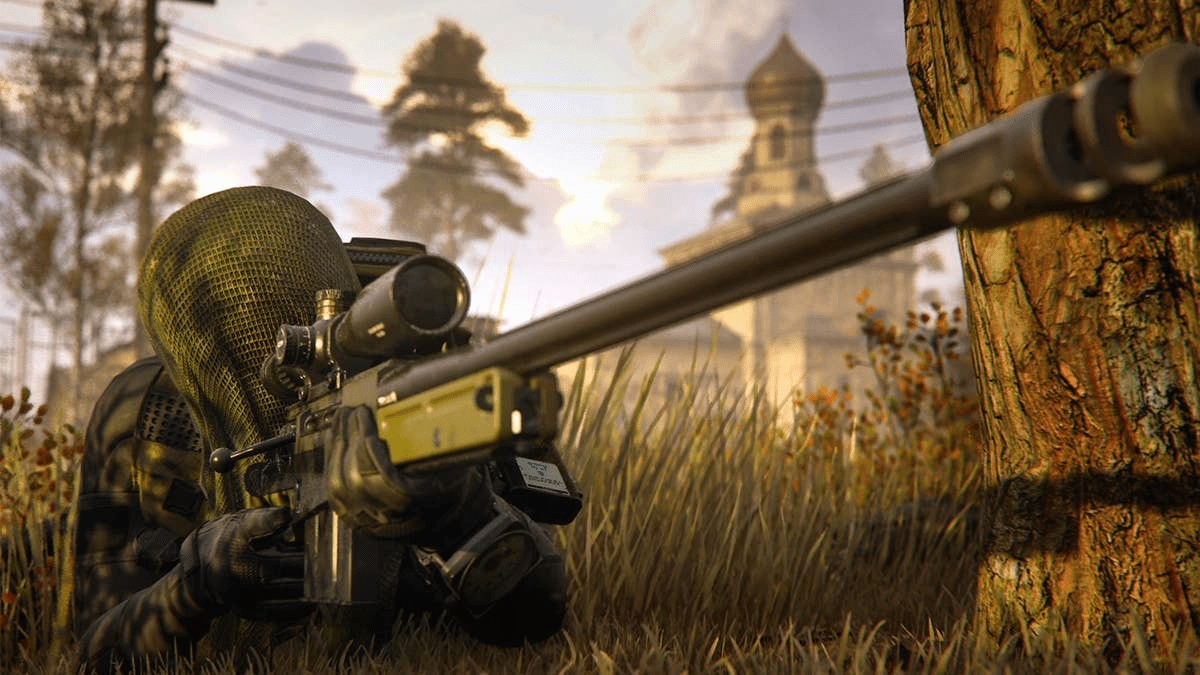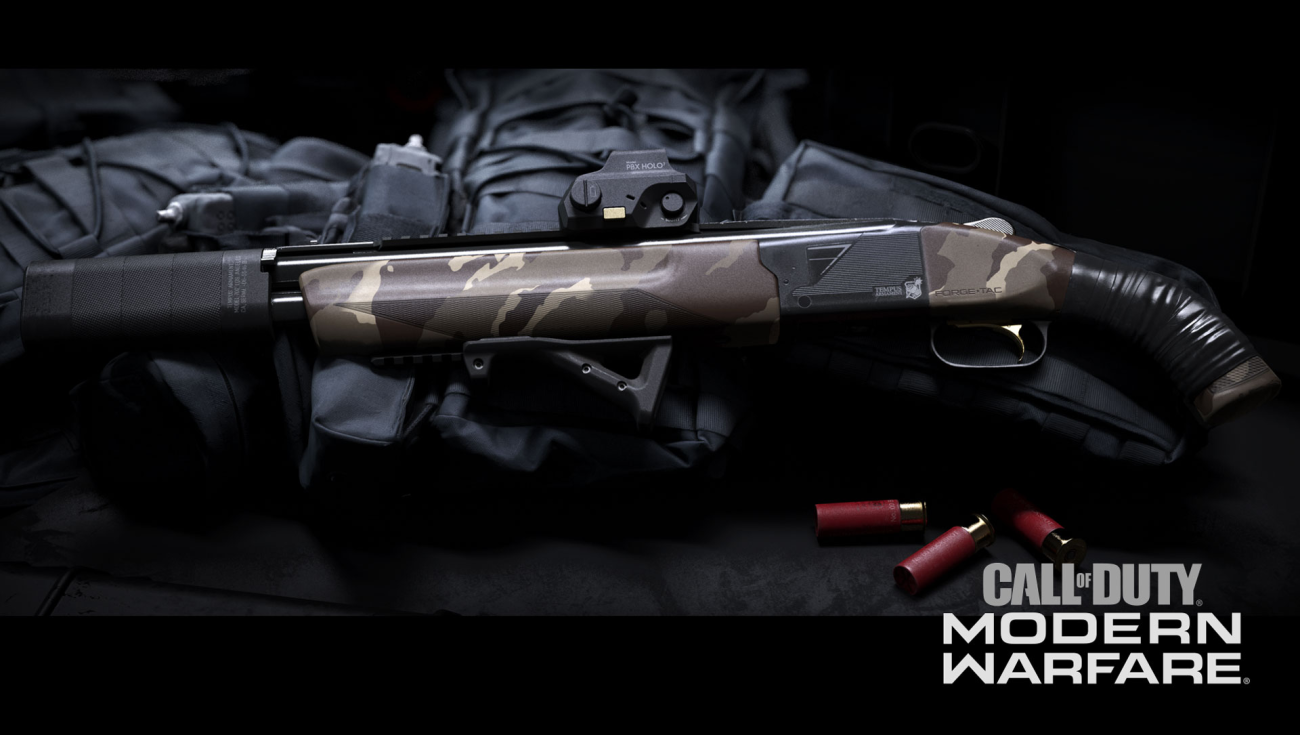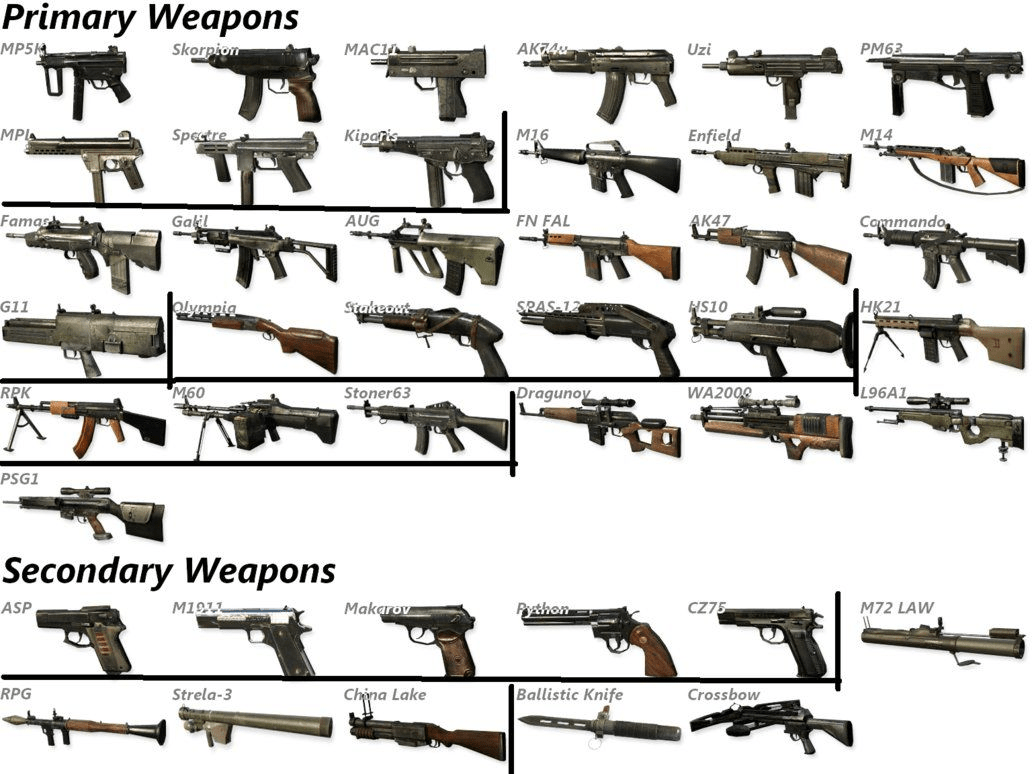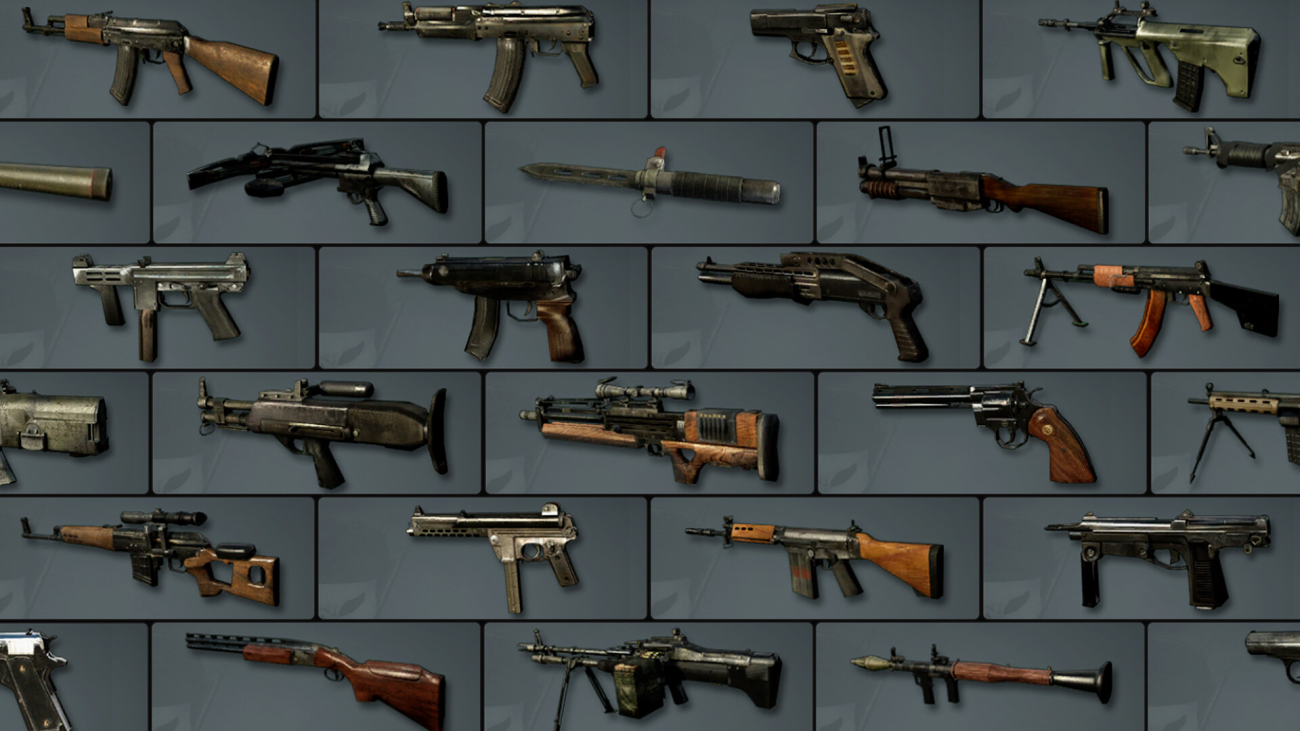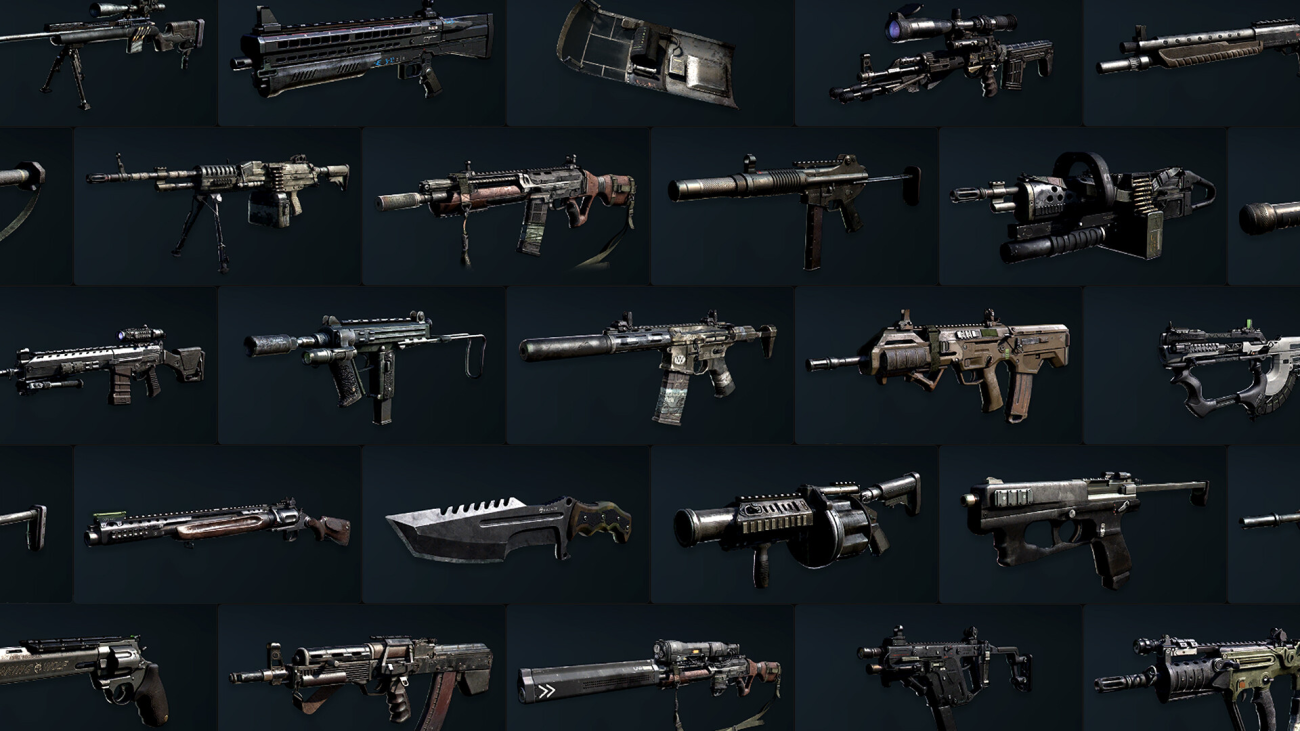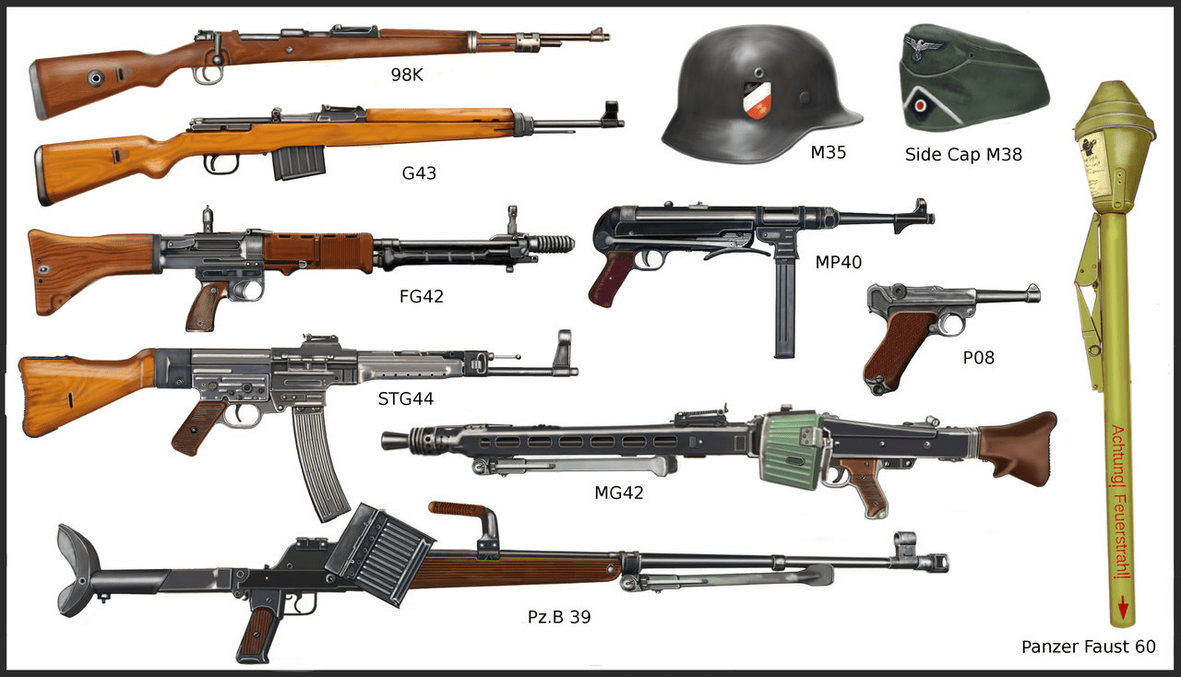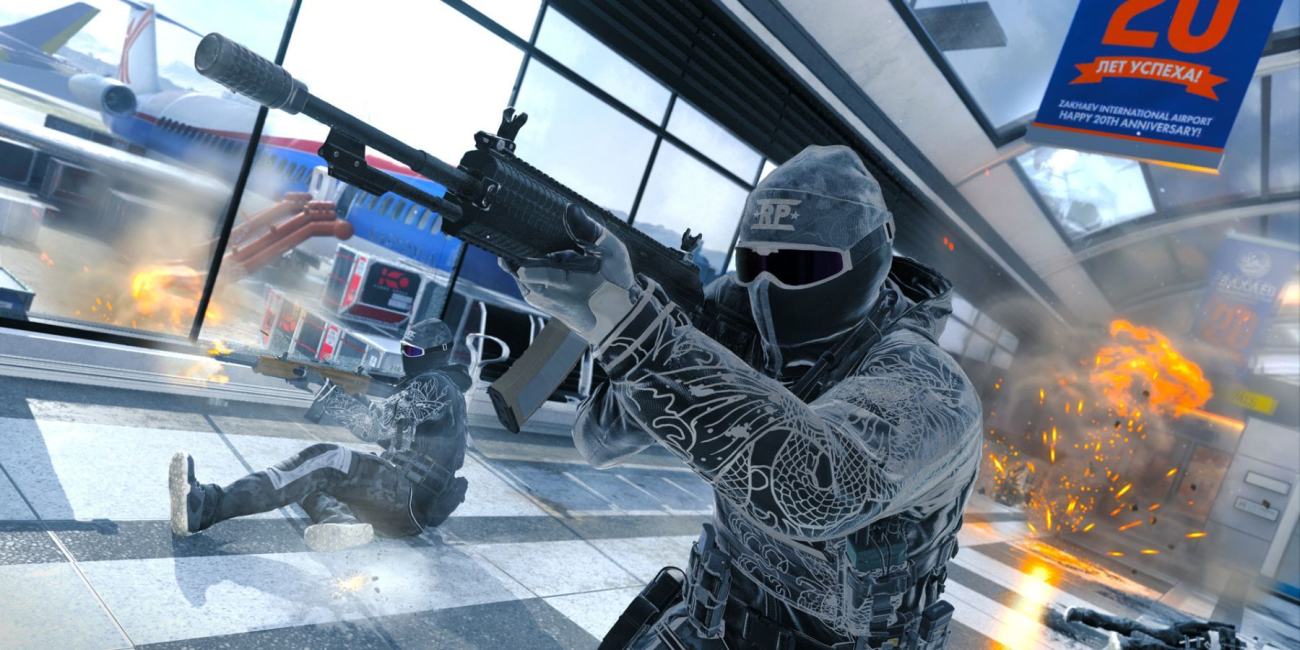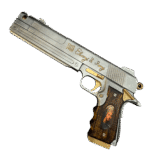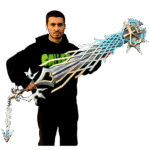In the world of first-person shooters, the “Call of Duty” franchise stands as a monumental titan, captivating millions of players worldwide with its intense gameplay, rich storylines, and memorable characters. Among the numerous titles in the series, “Call of Duty: Ghosts” has carved a unique niche for itself, largely due to its iconic symbol—the Call of Duty Ghost mask. This mask not only serves as a crucial piece of in-game equipment but also represents the enigmatic and elite group known as the Ghosts. In this article, we’ll delve into the significance of the Call of Duty: Ghosts mask, its design and impact, and the character who embodies its mystique, Simon “Ghost” Riley.
Ghosts Mask – Identity and Camouflage
The Call of Duty Ghost mask is much more than a simple piece of gear; it symbolizes the stealth, skill, and lethal efficiency of the Ghosts, a special operations unit within the game’s universe. Designed with a skull motif, the mask serves both a practical and psychological purpose.
The Design and Aesthetic Appeal
The mask’s design is minimalistic yet haunting. Its skull pattern is stark and intimidating, crafted to instill fear and confusion among enemies. This visual element taps into a primal fear of death, making the Ghosts appear more like phantoms than mere soldiers. The skull design is not just for aesthetics; it serves a tactical purpose, helping to blend the soldiers into their surroundings, especially in urban and war-torn landscapes.
The color scheme of the Call of Duty ghost mask typically involves shades of black, white, and gray, allowing for effective camouflage in various environments. This is essential for the Ghosts, whose missions often require them to operate unseen, whether they’re infiltrating enemy lines or setting ambushes. The simplicity of the mask’s design makes it versatile, functional, and iconic—an essential part of the Ghosts’ identity.
Psychological Warfare of the Call of Duty Ghost Mask
The use of masks in modern warfare goes beyond physical protection. It serves as a tool for psychological intimidation and a means of maintaining operational security. By concealing the identity of soldiers, masks protect them from being recognized and targeted outside of combat situations. This anonymity is crucial for special forces and units involved in covert operations, where revealing one’s identity can have dire consequences.
The psychological impact of masks, particularly those designed to look intimidating, cannot be understated. In combat, the appearance of a masked soldier can be unnerving, suggesting an elite, disciplined force. This effect is compounded by the knowledge that these individuals are often engaged in high-stakes, high-skill operations. The Call of Duty Ghost mask captures this essence, creating a persona that is both iconic and fearsome, leveraging the psychological power of anonymity and the fear of the unknown.
The visage of a skull suggests an omnipresent threat of death, which can demoralize enemy forces. This psychological impact is a strategic advantage, as the fear of the unknown and the unseen can often be more paralyzing than a visible enemy. The Ghosts leverage this fear, making them seem more formidable and elusive, much like their namesake.
Simon “Ghost” Riley – The Man Behind the Mask
The Call of Duty series has introduced many memorable characters, but few are as iconic as Simon “Ghost” Riley. Known for his distinctive skull-patterned balaclava, Ghost is a pivotal character in “Call of Duty: Modern Warfare 2,” and his legacy is continued and expanded upon in “Call of Duty: Ghosts.”
Origin and Background
Simon Riley, known by his callsign “Ghost,” is a British Special Forces operator with a dark and complex history. His background story is detailed and harrowing, filled with personal tragedies and professional challenges. Ghost’s family was murdered, and he was subjected to psychological torture by terrorists, experiences that forged him into a hardened and lethal operative. These traumatic events are mirrored in his choice of mask, which serves as a psychological shield and a symbol of his transformation.
The Call of Duty Ghost mask is not just a piece of tactical gear; it is a symbol of his past and his commitment to his mission. It hides his identity, allowing him to operate with a level of anonymity that is crucial for his line of work. This anonymity is a double-edged sword, providing both protection and a sense of isolation, a recurring theme in the character’s narrative arc.
Where and Why Did People Start Wearing Masks in Warfare?(Ancient Origins)
Masks in warfare have a storied history, evolving from ancient ritualistic and protective gear to modern symbols of anonymity and psychological warfare. This tradition has influenced various cultural expressions, including video games, where masks often signify mystery, power, and fear. The iconic Call of Duty Ghost mask draws inspiration from both historical military masks and contemporary tactical gear, embodying the essence of stealth and elite operations. This symbol of the Ghosts, an elite special forces unit in the game, blends real-world military practices with the fictional narrative, creating a memorable and impactful image in the gaming world.
The First Uses of Masks in Battle
The use of masks in warfare can be traced back to ancient civilizations, where they served both practical and symbolic roles. In ancient Greece, warriors sometimes wore masks or helmets with facial designs to intimidate opponents and protect their faces. These masks were often crafted from bronze and featured exaggerated facial expressions, enhancing the warrior’s presence on the battlefield. Similarly, the ancient Celts and other European tribes used masks in rituals and warfare, often made of leather or metal, adorned with animal motifs or fearsome visages to instill fear in their enemies.
In ancient Asia, particularly in Japan, masks were a critical component of the samurai’s armor. Samurai masks, known as “menpo” or “men-yoroi,” covered the face and sometimes the throat, providing protection while also intimidating foes. These masks often featured fierce expressions and intricate designs, symbolizing the wearer’s warrior spirit and detachment from fear.
Symbolism and Psychological Warfare
The early use of masks in warfare was not only about physical protection but also about psychological impact. The visage of a fearsome mask could demoralize opponents, instill fear, and give the wearer a sense of invincibility. This psychological aspect is a key parallel with the Call of Duty Ghost mask, which is designed to evoke a sense of dread and mystique. The skull motif in the Ghosts mask taps into a primal fear of death, much like the ancient masks sought to project strength and fearlessness.
The Middle Ages and Renaissance: Evolving Mask Designs
Knights and Helmets
During the Middle Ages, the development of full-face helmets became more prevalent among European knights. These helmets, often featuring visors with slits for vision and breathing, provided comprehensive protection while also concealing the wearer’s identity. The design of these helmets evolved to include elaborate crests and decorations, serving both functional and symbolic purposes. The anonymity provided by these helmets allowed knights to perform acts of valor without personal recognition, a concept echoed in the modern use of masks by special forces, including the Call of Duty Ghost mask.
Masks in Asian Warfare
In the same period, Asian warfare also saw the use of masks in battle. In China, warriors sometimes wore masks that were part of their ceremonial armor. These masks were often adorned with intricate designs and colors, reflecting the rank and status of the wearer. In India, soldiers in various kingdoms used face guards and masks as part of their armor, often featuring demonic or animalistic motifs intended to scare their enemies just like the Call of Duty Ghost mask.
The psychological impact of these masks continued to play a significant role. The anonymity and fear factor provided by the masks not only protected the wearer but also served to unnerve opponents, a tactic still relevant in modern warfare.
Modern Warfare: Masks for Protection and Anonymity
The advent of chemical warfare in World War I brought about a significant change in the use of masks in combat. The deployment of poisonous gases like mustard gas and chlorine necessitated the development of gas masks to protect soldiers from the deadly effects of these weapons. The gas mask became a symbol of the horrors of modern warfare, representing both the vulnerability of soldiers and the grim realities of chemical combat.
Gas masks were designed to filter out harmful substances and provide clean air for the wearer. While they were primarily functional, their appearance—often unsettling with large, bug-like eye lenses and a cylindrical filter—added an element of psychological warfare. The image of a soldier wearing a gas mask became iconic, symbolizing the facelessness of modern warfare and the industrial scale of World War I’s destruction.
Special Forces and Tactical Masks
In the latter half of the 20th century, with the rise of special forces and covert operations, the use of masks took on new dimensions. Tactical masks were developed for protection against ballistic impacts, as well as for psychological intimidation. These masks are often used by military and law enforcement units to conceal identities, protect against environmental hazards, and project a sense of invincibility.
The tactical masks used by modern special forces can be seen as real-world counterparts to the Call of Duty Ghost mask. Both serve to conceal the identity of the wearer, protecting them in high-risk situations, and instilling fear and uncertainty in adversaries. The design of these masks, often featuring dark colors and intimidating visages, is intended to dehumanize the wearer, making them appear as relentless, faceless entities.
The depiction of masks in video games, movies, and other media has further solidified their cultural significance. The Call of Duty Ghost mask, for example, has become a recognizable symbol not just within the game but also in the broader context of pop culture. It represents the themes of stealth, anonymity, and psychological warfare, appealing to audiences’ fascination with the mystique of elite soldiers and covert operations.
Ghost’s Role in the Call of Duty Universe
In “Call of Duty: Modern Warfare 2,” Ghost is a member of Task Force 141, an elite multinational special operations unit. He is known for his skills in stealth, marksmanship, and hand-to-hand combat. His tactical acumen and ability to stay calm under pressure make him a vital asset to the team. The character’s popularity skyrocketed due to his mysterious persona and the mask that became synonymous with his identity.
In “Call of Duty: Ghosts,” the mask transcends from being a part of a single character’s identity to representing an entire team of elite soldiers. The Ghosts in this game are depicted as a last line of defense, fighting against overwhelming odds. The mask symbolizes their unity, resilience, and the anonymity required to operate in the shadows. This iteration of the Ghosts further cements the mask’s place in the Call of Duty lore as a symbol of hope and resistance.
The Cultural Impact of the Call of Duty Ghost Mask
The Call of Duty Ghost mask has become a cultural icon, transcending the gaming world and influencing popular culture. Its design is recognizable even to those who may not be familiar with the game’s storyline. The mask has appeared in various forms of media, from fan art to cosplay, and has even inspired real-world tactical gear.
Ghost is one of our isnpiration behind creating our Call of Duty props and replicas. We are sure you would like to check them out:
Click here and order you own Call of Duty Ghost mask !
Check out our COD prop collection here!
Any ray gun fans? Check out our new Ray Gun LED!
Of course we have other props as well here!
The Call of Duty Ghost Mask Influence on Cosplay and Merchandise
The popularity of the Call of Duty Ghost mask has led to a surge in cosplay, with fans recreating the Ghosts’ look down to the finest details. The mask, along with tactical vests and weapons, has become a staple at gaming conventions and cosplay events. This trend reflects the deep connection fans feel with the characters and the immersive world of Call of Duty.
In addition to cosplay, the mask has inspired a wide range of merchandise, including apparel, accessories, and collectibles. The skull motif is particularly popular, often seen on t-shirts, hoodies, and posters. This merchandise allows fans to display their allegiance to the Ghosts and the Call of Duty franchise, further solidifying the mask’s place in gaming culture.
Symbolism in Popular Culture
Beyond its presence in gaming and cosplay, the Call of Duty Ghost mask has found its way into broader popular culture. The skull design has been adopted by various groups and individuals, often symbolizing rebellion, anonymity, and resistance. This can be seen in the use of similar imagery in street art, fashion, and even in some activist movements. The mask’s association with stealth and defiance resonates with a wide audience, making it a powerful symbol beyond its original context.
Key Takeaways
- The Call of Duty Ghost Mask – A symbol of stealth, psychological warfare, and unity within the elite Ghosts unit. Its design is both practical for camouflage and intimidating for psychological impact.
- Simon “Ghost” Riley – An iconic character whose tragic backstory and mysterious persona are embodied by the skull- patterned Call of Duty ghost mask. He represents the Ghosts’ ethos of anonymity and resilience.
- Cultural Impact – The mask’s design has transcended gaming, influencing cosplay, merchandise, and popular culture. It symbolizes more than just a game character; it represents themes of defiance and anonymity.
Conclusion
The Call of Duty Ghost mask transcends its role as mere in-game equipment, emerging as a cultural icon that embodies stealth, anonymity, and psychological warfare. This iconic mask symbolizes the elite soldiers of the Ghosts unit, a group that operates covertly to protect the world from unseen threats. Central to this imagery is Simon “Ghost” Riley, whose distinctive skull-patterned mask has come to represent the enigmatic and deadly nature of these operatives. The design and symbolism of the mask not only contribute to its allure within the game but also resonate with a broader audience, extending its influence into popular culture.
The Call of Duty Ghost mask’s origins and inspirations draw from a long history of mask use in warfare. Throughout history, masks have served both practical and psychological purposes in combat, from ancient warriors intimidating enemies to modern special forces concealing their identities. This rich tradition of masks in warfare—seen in the ancient Greek and Roman warriors, medieval knights, and samurai—has informed the design and cultural significance of the Call of Duty Ghost mask.
Moreover, the Call of Duty Ghost mask has become a powerful symbol beyond its gaming roots. It captures the essence of modern-day special forces, whose members often operate in the shadows, unseen and unknown.
The cultural impact of the Call of duty Ghost mask is profound, resonating not only with fans of the game but also with a wider audience fascinated by the concepts of identity and anonymity. The Call of Duty ghost mask has inspired a range of merchandise, from clothing to collectibles, and has become a popular choice in cosplay and fan art. Its symbolism has even permeated broader cultural contexts, where it represents themes of resistance, mystery, and the struggle against faceless adversaries. The Call of Duty mask’s ability to captivate and inspire is a testament to its powerful design and the deep psychological resonance it holds.

